Expansion of E-commerce Platforms
The digital camera market in Russia is witnessing a significant transformation due to the expansion of e-commerce platforms. As consumers increasingly turn to online shopping for convenience and variety, the accessibility of digital cameras has improved markedly. E-commerce platforms provide consumers with a broader selection of products, competitive pricing, and the ability to compare features easily. Recent market data indicates that online sales of digital cameras have surged by around 25% in the past year, reflecting a shift in consumer purchasing habits. This trend not only enhances market reach for manufacturers but also fosters a more competitive environment within the digital camera market, compelling brands to enhance their online presence and marketing strategies.
Increased Focus on Sustainability
Sustainability has emerged as a pivotal concern within the digital camera market in Russia. As consumers become more environmentally conscious, there is a growing demand for products that are designed with sustainability in mind. This includes the use of eco-friendly materials, energy-efficient manufacturing processes, and initiatives for recycling old cameras. Market data suggests that brands that prioritize sustainability are experiencing a rise in consumer loyalty and sales, with some companies reporting a 10% increase in sales attributed to their green initiatives. The digital camera market is likely to continue evolving in response to this trend, as manufacturers seek to align their practices with consumer values and preferences.
Technological Advancements in Imaging
Technological advancements play a crucial role in shaping the digital camera market in Russia. Innovations such as improved sensor technology, enhanced autofocus systems, and advanced image processing capabilities are driving consumer preferences towards more sophisticated devices. The introduction of features like 4K video recording and high dynamic range (HDR) imaging has become increasingly appealing to both amateur and professional photographers. Market data suggests that the segment of high-end digital cameras has seen a growth rate of around 20% over the past year, indicating a strong consumer inclination towards cutting-edge technology. As manufacturers continue to invest in research and development, the digital camera market is likely to witness further enhancements that cater to the evolving needs of consumers.
Growing Popularity of Content Creation
The rise of content creation as a profession or hobby significantly influences the digital camera market in Russia. With the increasing number of influencers, vloggers, and content creators, there is a heightened demand for high-quality cameras that can deliver professional-grade results. This trend is supported by market data showing that sales of compact and mirrorless cameras have increased by approximately 18% in the last year, as these models are favored for their portability and performance. The digital camera market is adapting to this shift by offering products tailored to the needs of content creators, including features that facilitate easy sharing and editing of images and videos. This growing segment is expected to continue driving innovation and sales in the market.
Increased Consumer Interest in Photography
The digital camera market in Russia experiences a notable surge in consumer interest in photography, driven by the proliferation of social media platforms and the desire for high-quality visual content. As individuals increasingly share their experiences online, the demand for advanced imaging solutions rises. This trend is reflected in the market data, which indicates that the sales of digital cameras have grown by approximately 15% in the last year alone. Consumers are seeking cameras that offer superior image quality, versatility, and ease of use, leading to a shift in purchasing behavior towards more sophisticated models. This heightened interest in photography not only boosts sales but also encourages manufacturers to innovate and enhance their product offerings, thereby positively impacting the digital camera market.

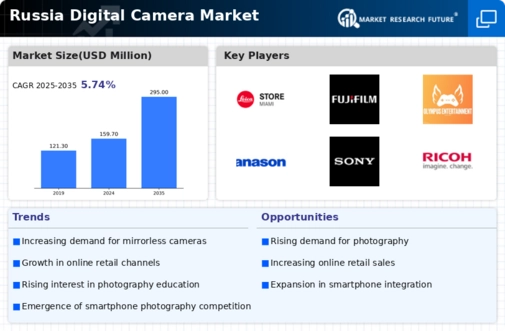
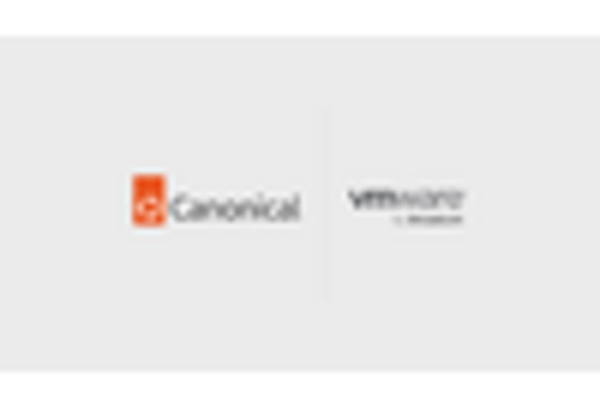
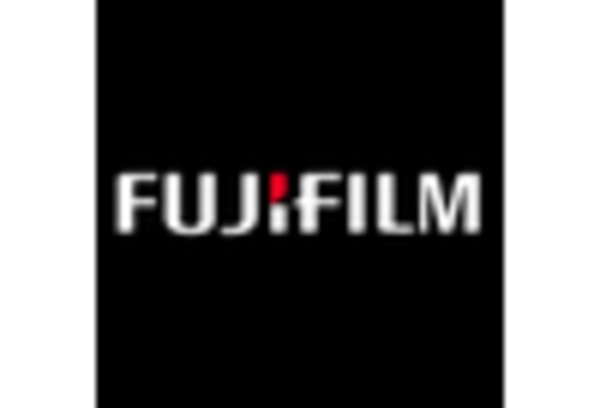
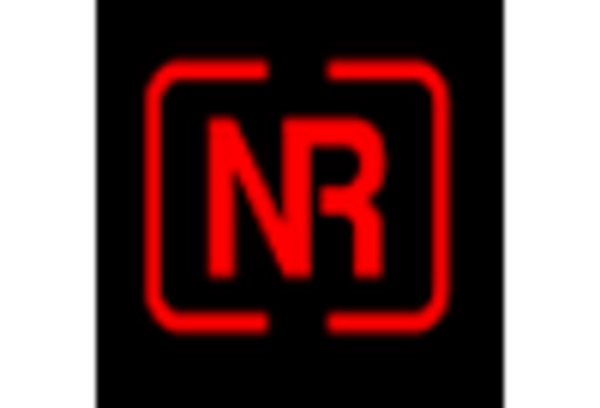

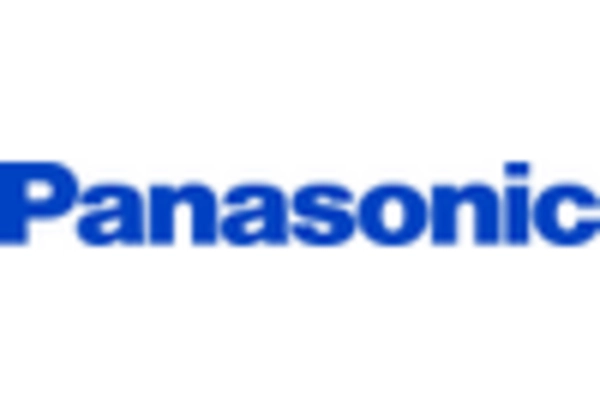
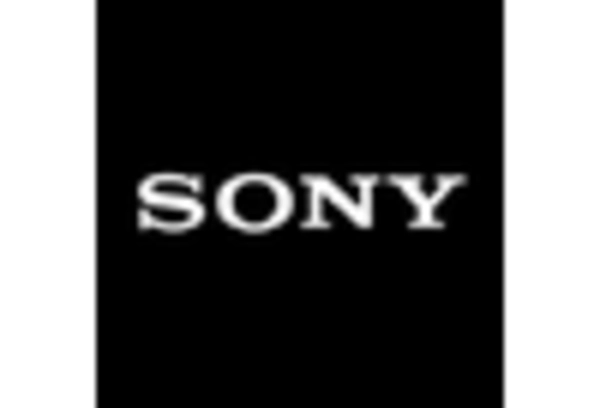








Leave a Comment